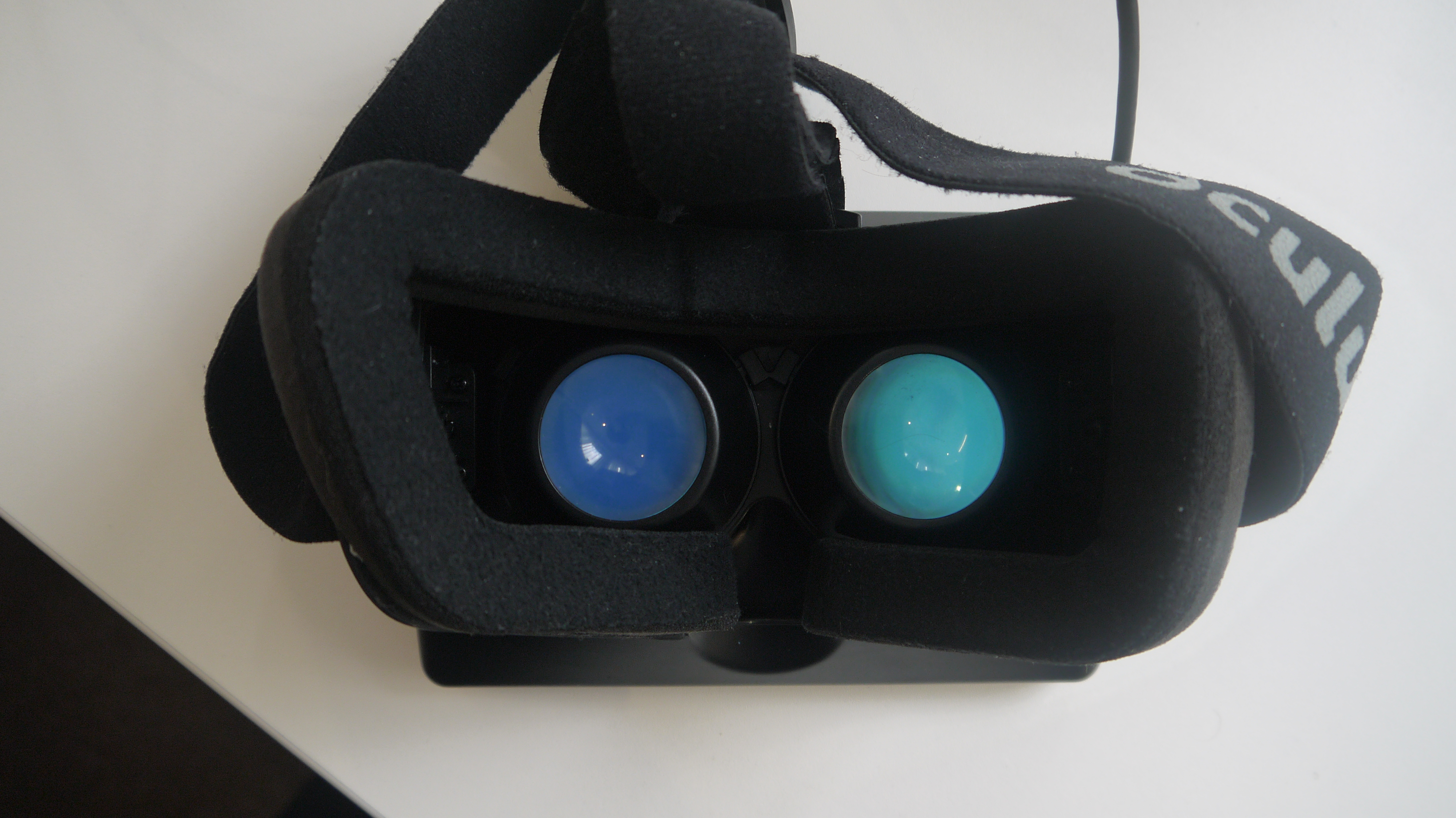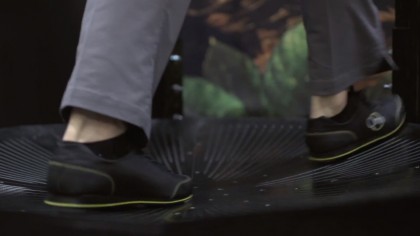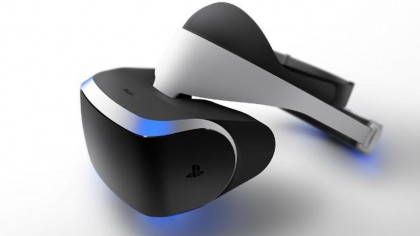The ITA is a virtual reality non-profit group you should know about
One to keep an eye on

The Immersive Technology Alliance, or ITA, probably still sounds unfamiliar to you but hopefully, that will soon change. Like it or not, it's apparent that virtual reality is "the next big thing." With all the recent events at GDC and the mounting Oculus controversy, it's going to be hard to ignore VR - but why would you want to?
Virtual reality has been around much longer than most people realize and seen its share of ups and downs in popularity. This time it really looks like its here to stay, so let's shed a spotlight on one of the first, if not the very first, group that has long been vocal about the emerging industry.
The ITA name is brand new; the non-profit group founded in 2009 was formerly known as the Stereoscopic 3D Gaming Alliance (S3DGA), and happens to be where Palmer Luckey of Oculus Rift fame, got his start.
The motley crew of VR industry folk held its inaugural meeting during GDC where various VR companies - like CastAR, Prio VR, Avegant, Middle VR, Epson, Vrelia, FPS Creator and Gameface Labs to name a few - came together to show off VR hardware and tout the importance of VR software.
I sat down with ITA President Alan Price and Executive Director (and founder) Neil Schneider to discuss the misconceptions of virtual reality, how the virtual reality community is finally getting their moment and why VR is a lasting technology that will only continue to grow.
The meaning of 'immersive technology'
To really get a sense of virtual reality and the ITA, Schneider first clarified that the inception of the Alliance was "not just about virtual reality." In fact, Schneider noted that "there's all kinds of players involved in immersive technology." We're most familiar with the term virtual reality which he said is currently the most widely known: "What's popular now is virtual reality and augmented reality. Then there are haptics, which is usually touch, and then gesture technology and motion control."
Schneider added that "many of these elements could behave independently and also behave cooperatively." The Virtuix Omni is a perfect example; the Omni uses sensors and motion to emulate walking and running in conjunction with a head mounted display for a VR experience.
Get daily insight, inspiration and deals in your inbox
Sign up for breaking news, reviews, opinion, top tech deals, and more.

Why is any of this important to know? Because according to Price and Schneider, the language of the matter means a lot to a burgeoning industry.
During the meeting, there seemed to be tension about finding the most significant aspect of virtual reality in the following categories: sitting versus standing VR, connected versus unconnected VR and software versus hardware.
I asked Schneider to elaborate on the surprisingly divisive medium but he said it's more about terminology: "It's not so much as an issue with the technology. As an industry, it's important to have common ground on a vision. It's helpful if we're using similar language.
When an industry member expresses something, it doesn't necessarily have to impact the other parts of the industry. A seated VR experience is of course a tremendous experience ... and we're also seeing technologies come around the bend that will benefit from a standing or a walking experience. We always have to be future thinking and it's helpful when everyone's on the same page with language."
In other words, it's less about finding the better or best way to experience VR, and more about communicating how to find the best of each experience.
But what happens when larger companies start to enter the fray? Or when a smaller company hits the jackpot and finds itself swimming is cash?
The more the merrier
For both Price and Schneider, the big names jumping into VR and smaller names finding footing is nothing but good news.
When asked about Sony and Project Morpheus joining the VR realm, and whether it's a threat to the smaller Alliance companies, Schneider wholeheartedly disagreed:
"I think it's wonderful ... when Sony jumped in, and eventually we'll see what happens with Microsoft if they ultimately jump in. The first thing that's been splashed around is that they're going to compete but the opposite is true. They represent the console space, they have their own proprietary technology and everybody is learning. They have as much to benefit from an Alliance like this as much as anybody else. So we'll see what happens there."

Price also added the business model perspective about the advantages of good 'ol fashioned competition: "Competition is very healthy. You want to compete on execution. But really, you want to give a platform ground where it makes it possible, and really it's solely in the industry. You've seen a lot of industries completely fractured and not being able to grow because there's no way for somebody to grab hold and move forward."
Price also stated that it's also about providing a space within the ITA for VR's like-minded individuals to come together regardless of company names, or the lackthereof:
"It's really about that ability to get these people sharing what they can share. There are common grounds where they want to learn and we can help funnel information from our strong relationships with universities and funnel from smaller content deliverers and potentially get them the access to devices and ideas that they may not have seen before."
When asked if Price and Schneider could see the bigger dogs joining the Alliance, Schneider replied, "the invitation is out there and they're welcome to join anytime they want."